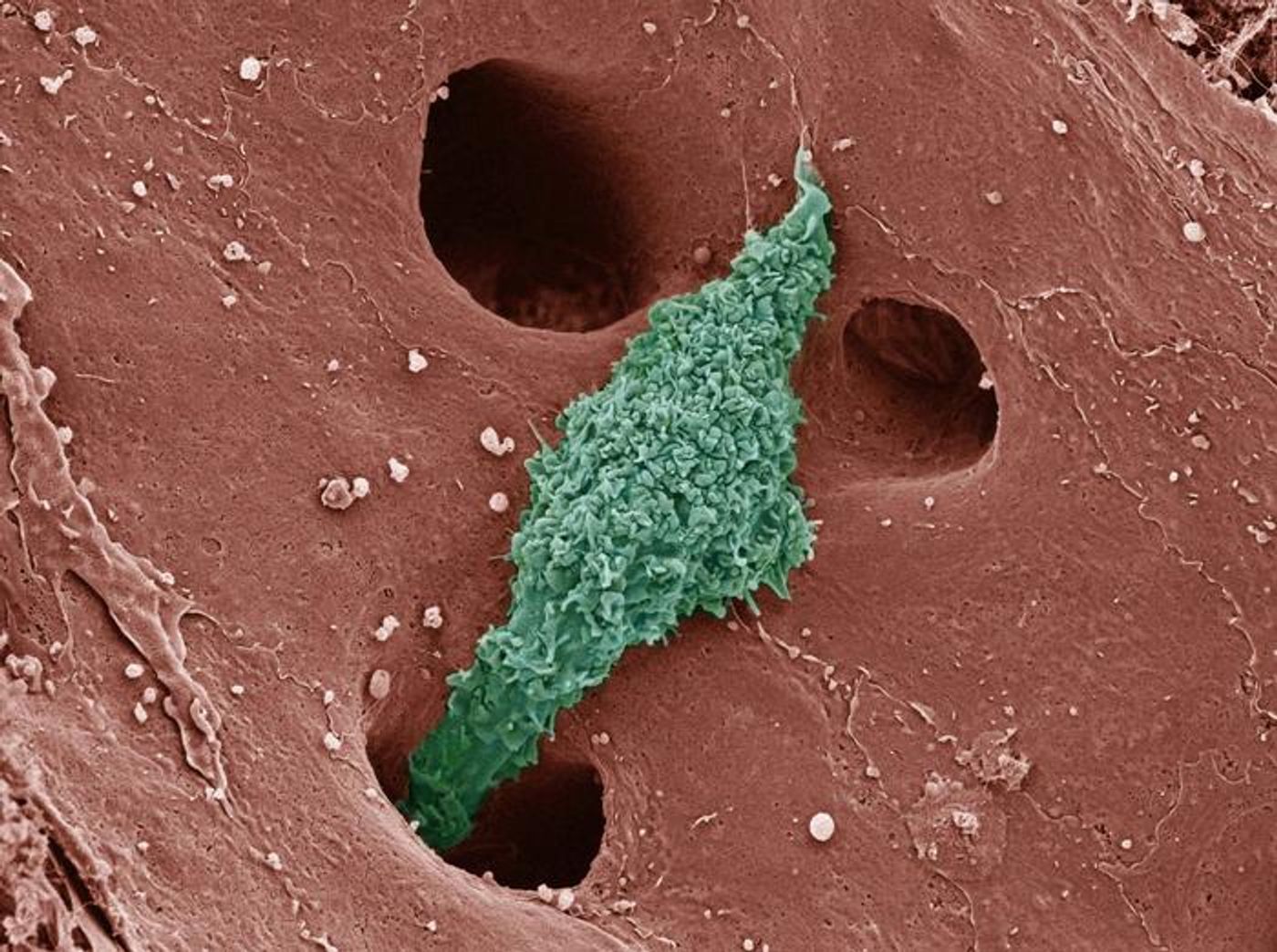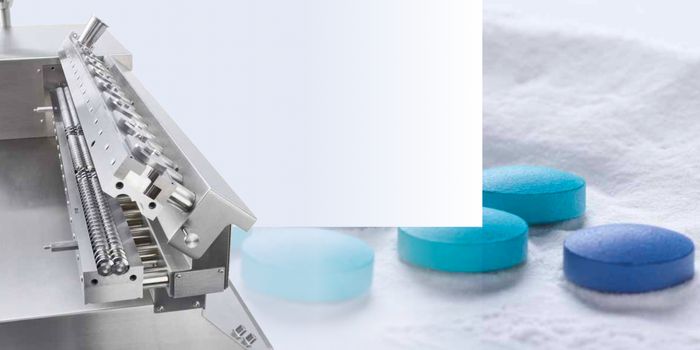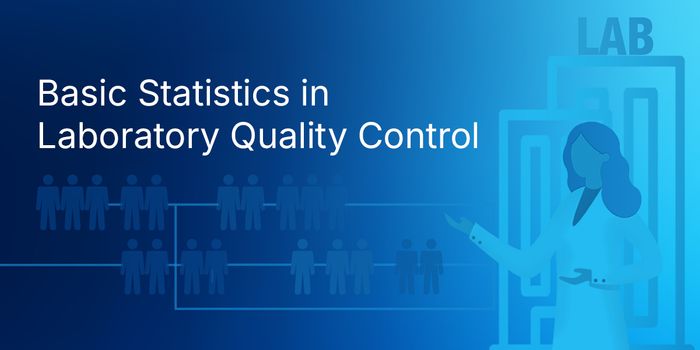A Name Change & New Insights for a Common Type of Liver Disease
A disease once known as nonalcoholic steatohepatitis or NASH is now called metabolic dysfunction-associated steatohepatitis or MASH; this is an inflammatory disorder that impairs the liver and causes scarring. The liver function of patients gets progressively worse, and the disease can lead to cirrhosis and liver cancer. One of the only treatment options is a liver transplant, which may not be available to all patients. The first treatment for the disease was only approved this year. Scientists have now learned more about the drivers of MASH, and how to determine if the disease is progressing or regressing in patients. The findings have been reported in the Proceedings of the National Academy of Sciences (PNAS).
In this study, the researchers have revealed more about the role of macrophages, a type of immune cell that normally works to trap and digest pathogens, and diseased liver cells in MASH.
The investigators used a mouse model of MASH to study the changes in macrophages as the disease progresses. These macrophages are already known to vary significantly in MASH patients. This work indicated that this heterogenous populations of macrophages can reveal whether MASH is in a state of progression or regression.
One subtype of macrophages was found to be crucial to the liver scarring that occurs in MASH. In patients, bands of fibrotic liver tissue that form because of the disease also impede the flow of blood, which causes more damage to the organ.
There are a type of macrophages in the liver called Kupffer cells, which are lost during MASH. There are four new subtypes of macrophages that replace the Kupffer cells. As the disease regresses, and symptoms decrease in severity, there are two primary populations of lipid associated macrophages. These cells express a gene called TREM2, which is critical to the survival and growth of cells as well as reducing inflammation, explained co-corresponding study author David Brenner, MD, president and CEO of Sanford Burnham Prebys.
When macrophages that express TREM2 are dominant, MASH is regressing, there is less inflammation, and the disease is slowing. But the loss of TREM2-expressing macrophages enables the disease to advance; and both healing and immune responses are disrupted, noted co-corresponding study author Debanjan Dhar, PhD, an associate professor at Sanford Burnham Prebys.
These findings have also suggested that a drug that can work like TREM2 may help MASH patients; it could trigger the reduction of liver scarring in patients who are also working to reduce disease symptoms with lifestyle changes like weight loss.
It's estimated that as many as 6.5 percent of American adults may be affected by MASH. There are few or no symptoms in the early stages of disease. Studies like this one may aid in the development of screening tools that can work at earlier stages.
“There is only one approved treatment for MASH, and it was only approved earlier this year,” noted co-corresponding study author Christopher Glass, MD, PhD, professor at UC San Diego. “Any opportunities to expand clinical options that benefit patients need to be thoroughly pursued because liver disease in this country, and around the world, is only getting worse.”
Sources: Sanford Burnham Prebys, Proceedings of the National Academy of Sciences (PNAS)









